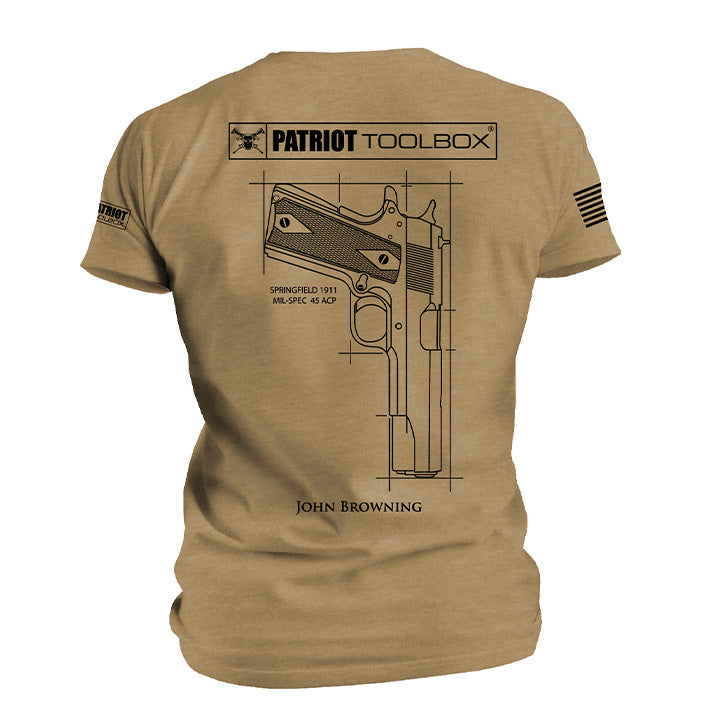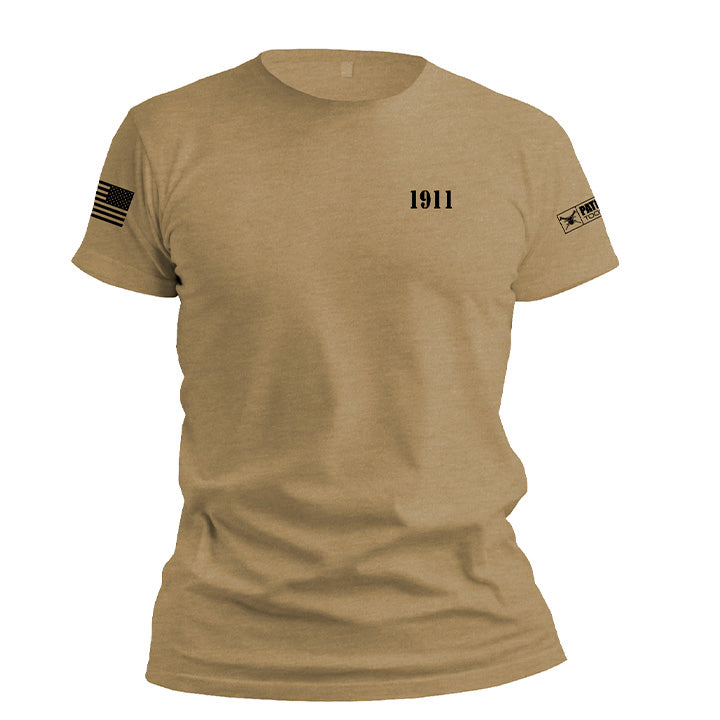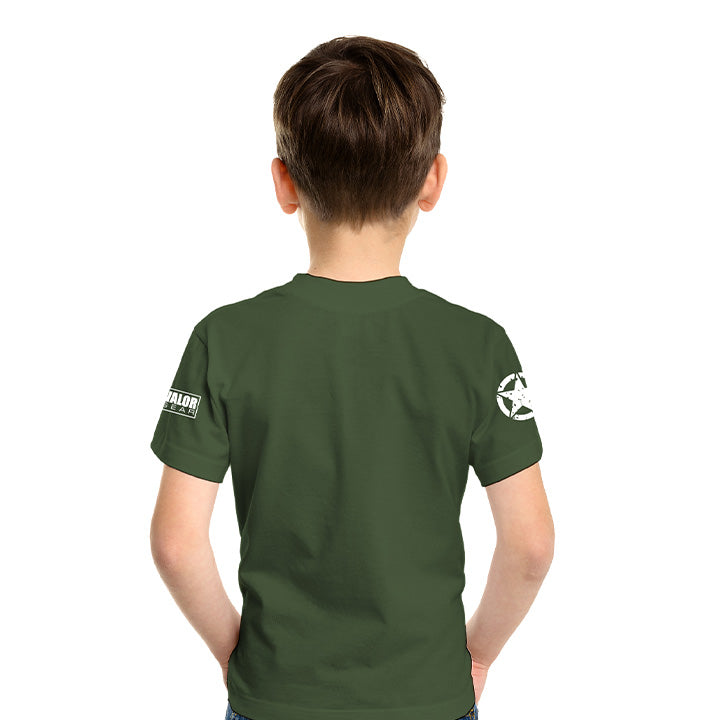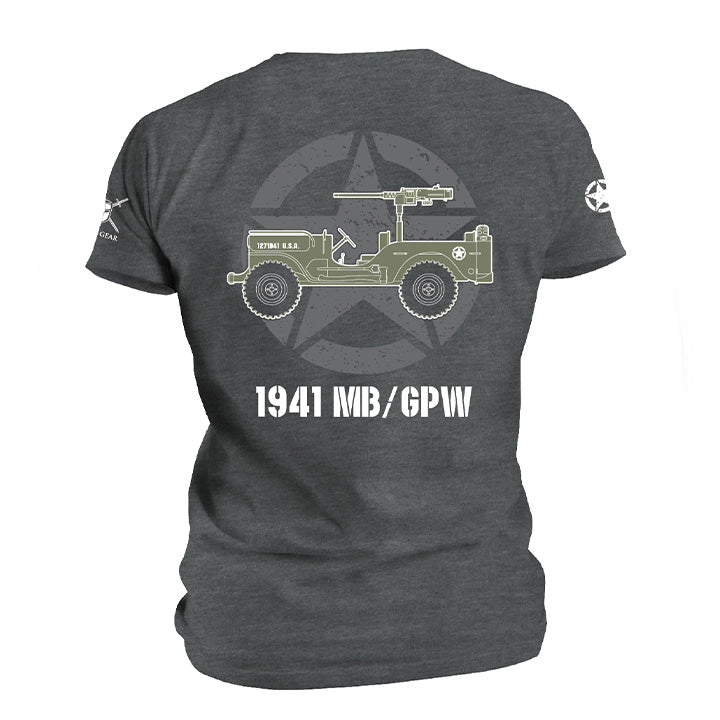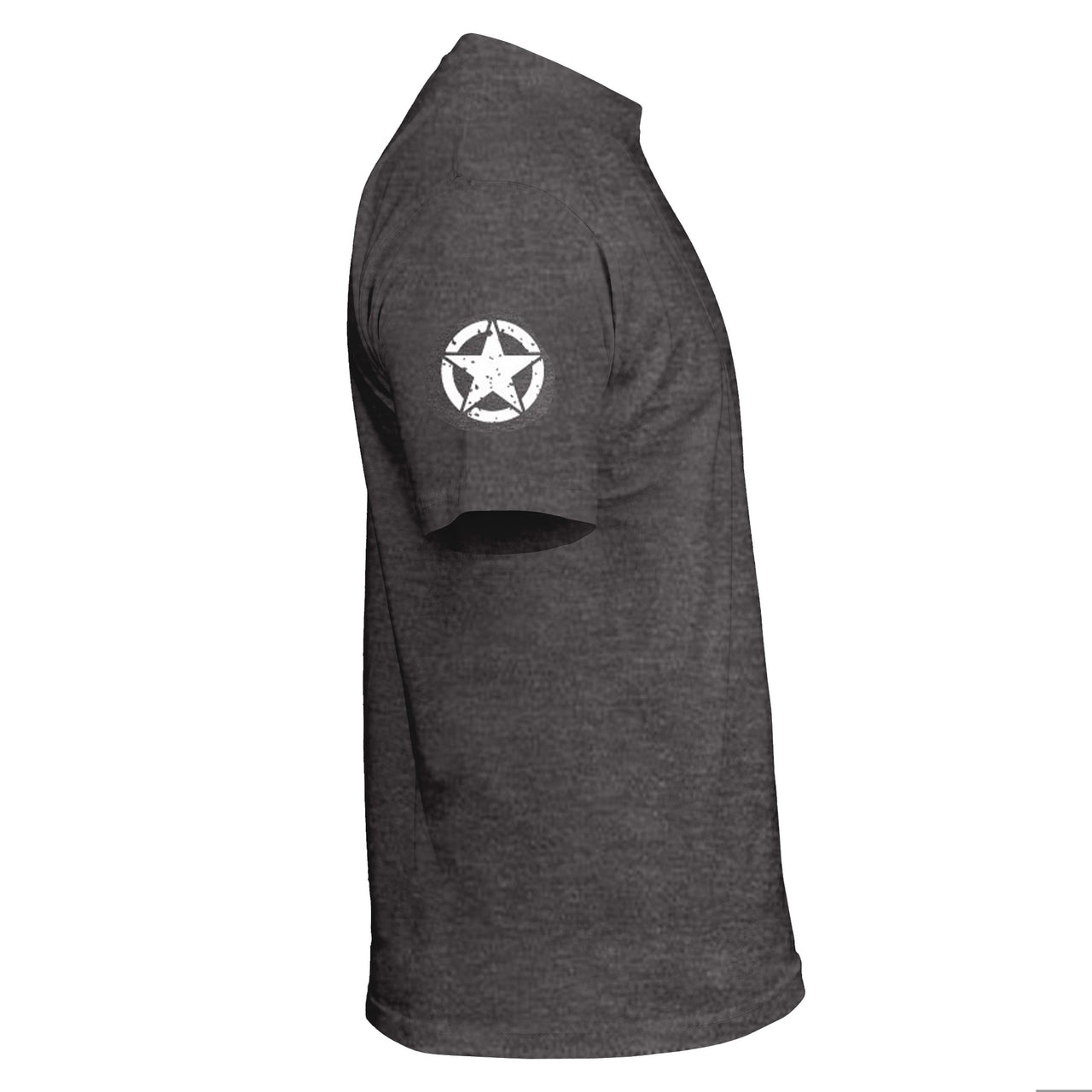F6F HELLCAT


The Grumman F6F Hellcat was first put into operation in 1943 on US carriers in the South Pacific. It was the replacement of the F4F Wildcat which although used throughout WW2 extensively, was inferior to the Hellcat in every way.
Lieutenant Edward Butch O'hare who won the Medal of Honor flew the F6F Hellcat. Single handly saving the carrier Lexington from a formation of nine Japanese torpedo bombers, he returned to the carrier only to be fired upon by his own men. His last flight was many months later as he was escorting bombers and was shot down in the Pacific never to be seen again.
The Grumman F6F Hellcat was first put into operation in 1943 on US carriers in the South Pacific. It was the replacement of the F4F Wildcat which although used throughout WW2 extensively, was inferior to the Hellcat in every way.
Lieutenant Edward Butch O'hare who won the Medal of Honor flew the F6F Hellcat. Single handly saving the carrier Lexington from a formation of nine Japanese torpedo bombers, he returned to the carrier only to be fired upon by his own men. His last flight was many months later as he was escorting bombers and was shot down in the Pacific never to be seen again.
F6F HELCAT:
ARMAMENT:
6 BROWING .50 CAL MACHINE GUNS
2 ANM2 20MM CANNONS AND 4 .50CAL MACHINE GUNS
4000 LBS OF BOMBS UNDER WINGS
SPEED: 391 MPH
RANGE: 1000 MILES

